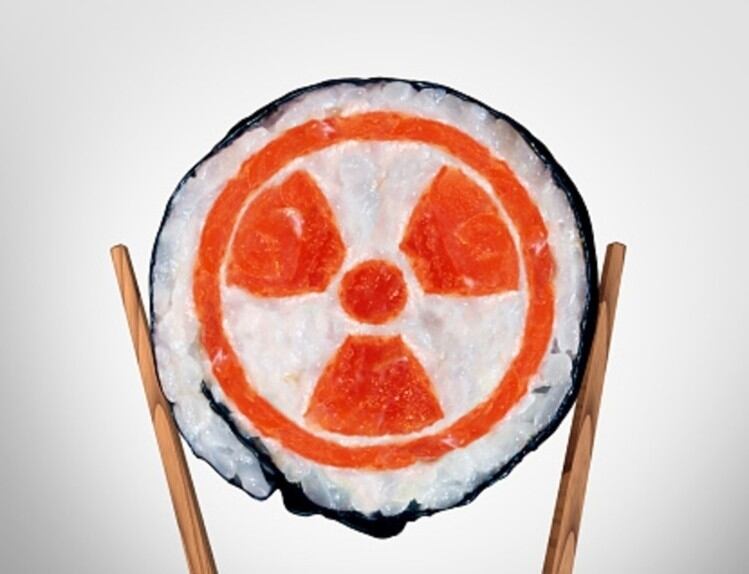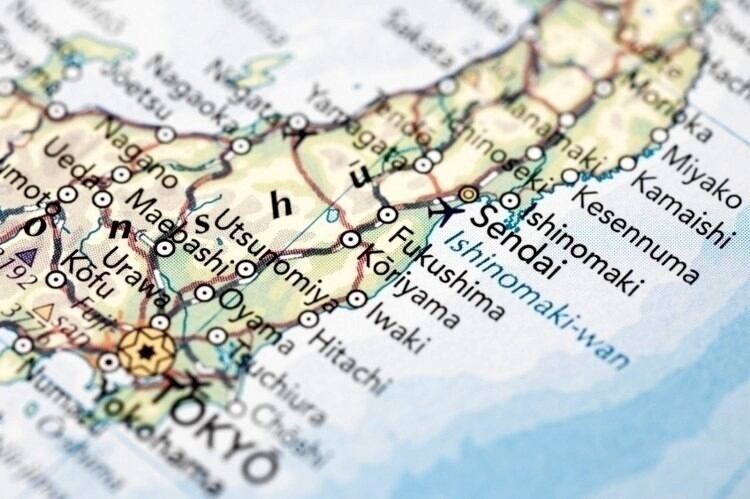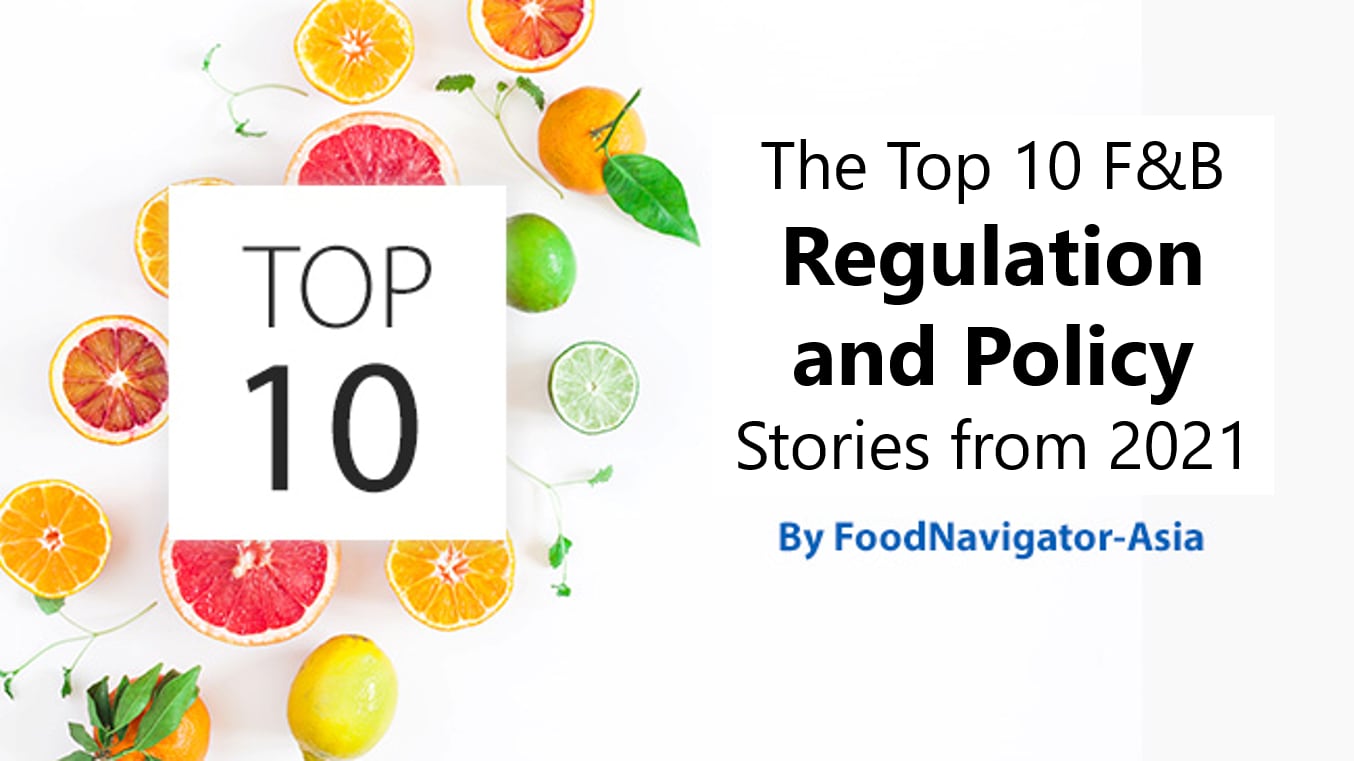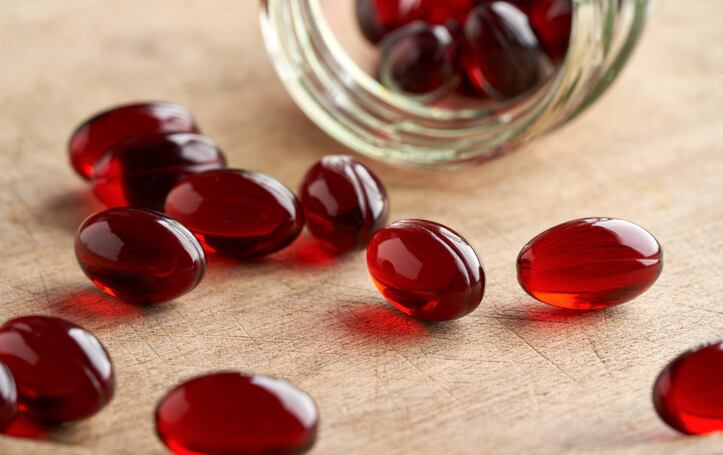As of February 2022, some 11 years after the incident, the majority of countries around the world have lifted most import restrictions and/or bans on food and beverage products from affected prefectures in Japan, particularly Fukushima, Gunma, Ibaraki, Tochigi and Chiba.
Amongst these include the United Kingdom which recently published a positive risk assessment report on the radiological risk to public health which was very favourable towards completely lifting all restrictions (at present radionuclide testing is still required for fruit, vegetable and seafood imports), and the most recent has been Taiwan, which took a long, windy path riddled with political issues towards this, and was once thought to be amongst the hardest to get bans lifted.
Only four countries now remain with a full or partial ban on products from these regions: China, South Korea, Macau and Hong Kong – and it is clear that Japan’s recent move to translate its food and radiation brochures is targeted at these markets based on the languages chosen: English, Mandarin Chinese and Korean.
“We have created English, Chinese and Korean versions of the latest edition of our Food and Radiation [mini brochure],” stated Japan’s Consumer Affairs Agency (CAA) via a formal statement.
“These will explain in detail the standard values and test results of radioactive substances in foods [and show how] these levels have dropped since the nuclear power plant accident over 10 years ago, and that foods available on the market are now safe.”
Based on its design and Q&A structure, the brochure is also clearly targeted at a wider consumer audience without necessarily any deep scientific knowledge, highlighting Japan’s hopes of getting through to the relevant food safety authorities in each of the remaining markets via a bottom-up approach and convincing the consumers first.
Within this, the brochure stresses on the stringent inspections carried out by the Japanese government on radioactive materials in the local food supply, striving to highlight the extremely positive data showing a significant decrease in these over the years.
“For instance, as of 2020 there have been zero products found to exceed the limit of radioactive materials within most food categories including rice, vegetables, fruits, beans, tea, milk, beef, pork, chicken and eggs,” said CAA.
“There are still some minor issues with wild mushrooms, wild edible plants and wild bird and animal meat as there are still difficulties with the management of production for these, but stringent inspections are ongoing to get these in order.”
Seafood remains a major category of concern for multiple countries including Taiwan, Europe, UK. Switzerland and several more – which require certificates of origin or pre-export radionucleotide testing, in addition to the four aforementioned countries which all have some degree of ban. The number of products exceeding radioactive limits was two out of over 10,000 – about 0.02%.
“To ensure food safety, these radioactive limits have been established and foods are put through monitoring and inspection prior to shipping, according to guidelines set by Japan’s Nuclear Emergency Response Headquarters,’ added the agency.
“Limits are classified according to four categories: Drinking water (10Bq/kg), milk (50Bq/kg), infant foods (50Bq/kg) and general foods (100Bq/kg). These limits are designed to reduce the radiation doses from food and drinking water [to ensure these are below risk levels.
“These are also lower in Japan than in most other countries, as is represented by the view of the Codex Alimentarius Commission that has a 1,000Bq/kg per year general limit, [and] the levels detected in many food items have already been dropping after all these years.”
Long road ahead
Despite having successfully convinced tough nut Taiwan after years of work, it now appears that Japan’s remaining markets to sway will be even more difficult to crack.
This is particularly so following the country’s decision last year to release one million tonnes of treated radioactive water from the Fukushima nuclear plant into the Pacific Ocean, causing heightened tensions with various countries that would be affected – including China and South Korea.
Although academics deemed the risks minimal due to the fact that the water had already been treated, authorities in South Korea and China had voiced especially strong concerns about this.
“Despite doubts and opposition from home and abroad, Japan has unilaterally decided [this without] fully consulting with neighbouring countries and the international community. This is highly irresponsible,” stated China’s Foreign Ministry via a public statement.
South Korea’s Office for Government Policy Coordination Head Koo Yoon-Cheol concurred, adding that: “The [South Korean] government expresses strong regret over the Japanese government's decision to release contaminated water from the Fukushima nuclear plant into the ocean [and] will take all necessary measures [to keep our] people safe from this.”
Given both countries’ strong negative reactions to water that has already been treated to be safe because it is linked to the Fukushima incident, it is safe to say that Japan is still in for a long battle ahead in terms of getting them to lift bans on foods associated with the nuclear disaster.





